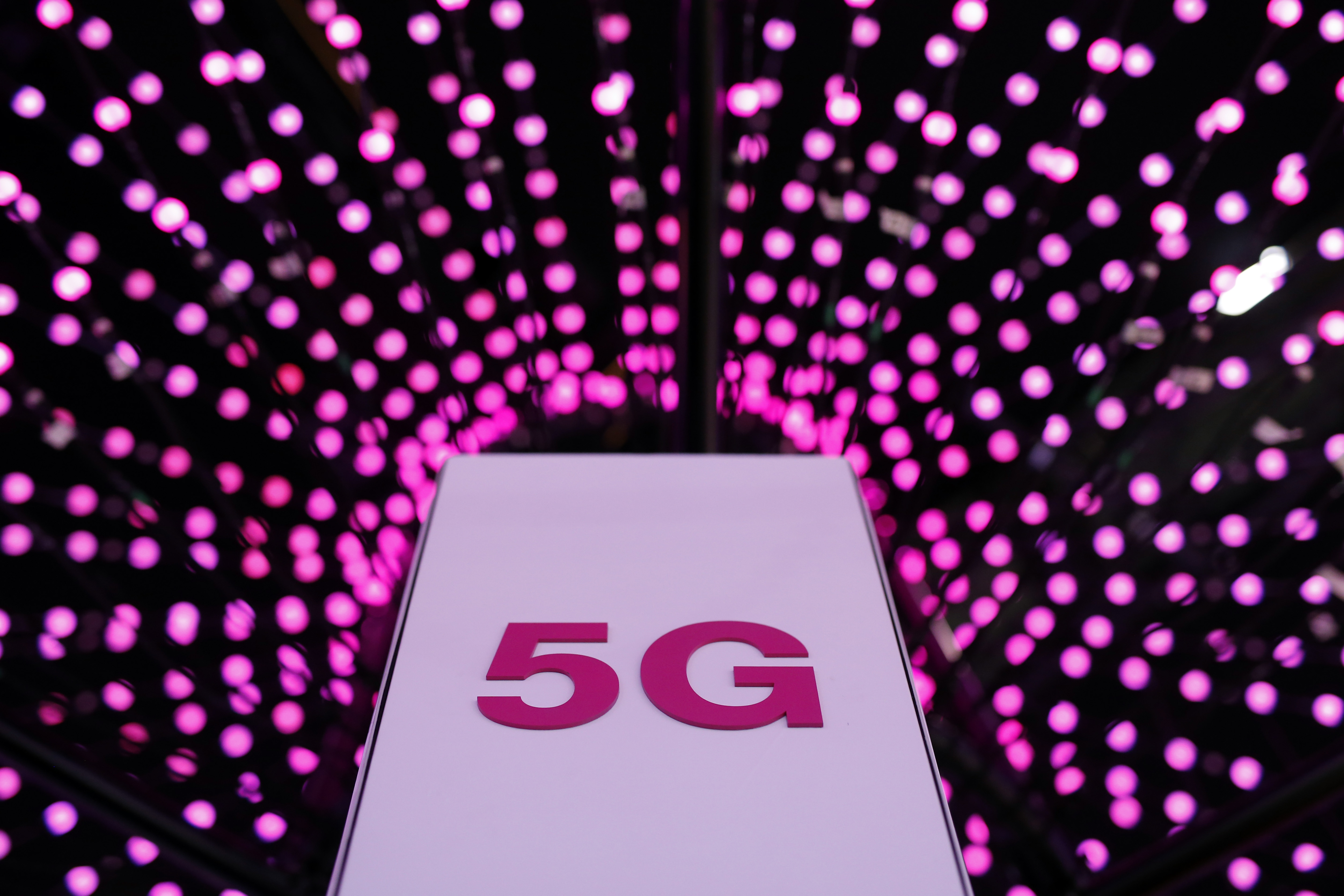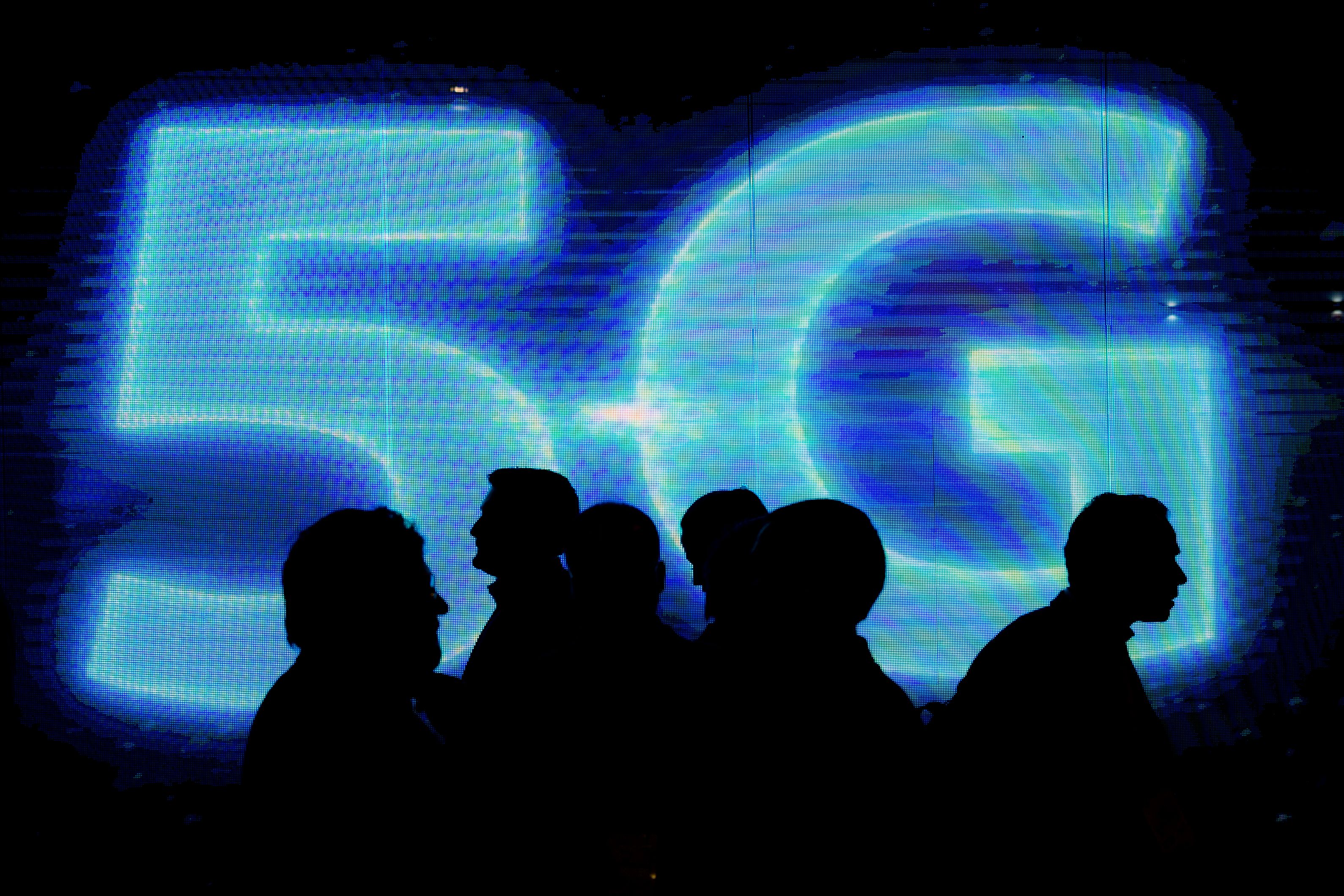An Automated Word: The Rise of Machine-Machine Communication

What’s the Latest Development?
By the year 2020, the world’s leading maker of wireless network equipment estimates that as many as 50 billion machines could be connected to the World Wide Web. That company, Ericsson, says only approximately 10 billion are likely to be mobile phones or tablet computers, meaning that machines will soon be talking more to each other than to us. A new generation of electronic sensors are being used in a variety of ways: “In Japan, the government is considering installing a bigger system of seismic sensors to detect earthquakes. In…Italy, wireless sensors are helping produce caciocavallo, a type of Pecorino cheese…”
What’s the Big Idea?
The rise of machine-to-machine communication is a potentially game-changing advance. Miguel Blockstrand, the director of Ericsson’s machine-to-machine division in Stockholm, said: “This is a ‘What if?’ kind of technology. People start to consider the potential, and the possibilities are endless.” But the challenges of a machine-dominated communication network are equally impressive: “When the total amount of data traffic generated by machines overtakes that created by human voice conversations—or possibly before—mobile operators will have to choose who waits in line to make a call or receive an e-mail—the machine or the human.”
Photo credit: Shutterstock.com





